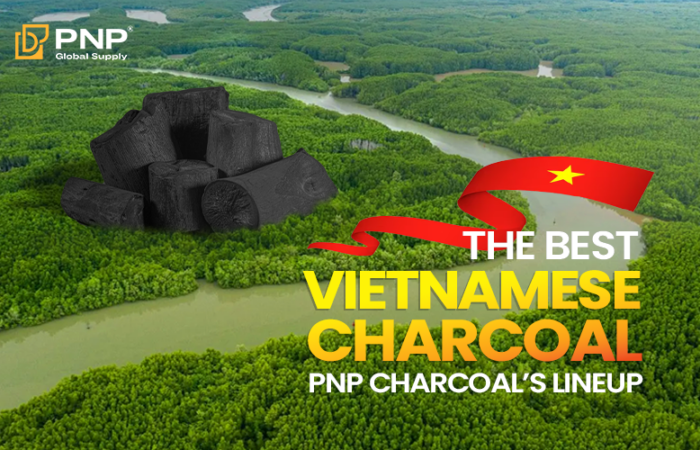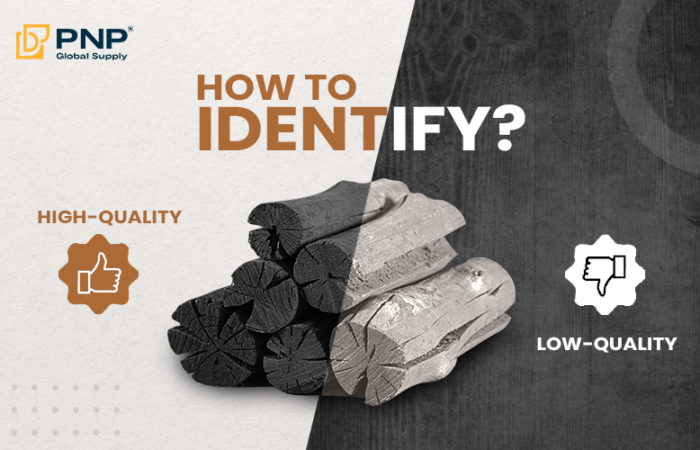When it comes to exporting charcoal, choosing the right charcoal packaging is essential to protect the product and maintain its quality during long transportation. The right packaging not only prevents damage from external elements but also ensures the charcoal arrives safely at its destination. PNP Charcoal reveal top of packaging that you can consider. Each type has its unique benefits, making it crucial to select the one that best fits the specific needs of the product and shipping process.
Carton Boxes
Carton boxes are a common choice for charcoal packaging, especially for bulk exports. These boxes are strong, sturdy, and provide excellent protection against physical damage during transit. They can withstand heavy stacking, ensuring that the charcoal inside remains intact. Additionally, carton boxes can be customized with branding, giving exporters an opportunity to present their product professionally. They are also environmentally friendly as many are made from recyclable materials, making them an attractive option for eco-conscious buyers.
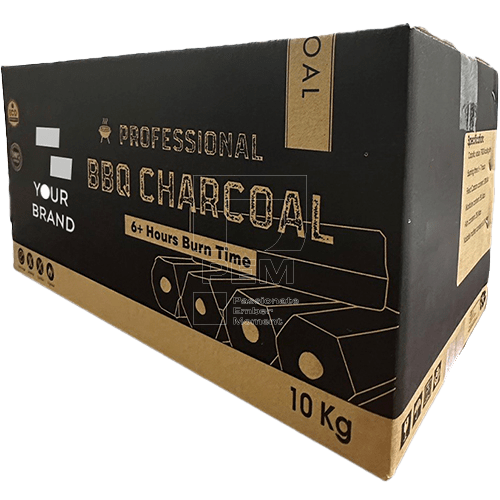
High-Quality Bags
High-quality bags are often used for mid-range charcoal products. These bags are typically made from durable materials, such as laminated or moisture-resistant films, which help protect the charcoal from environmental factors like humidity. High-quality bags are lightweight and easy to handle, making them convenient for both transport and storage. With attractive branding options, high-quality bags also offer an excellent way for exporters to promote their products in the global market.
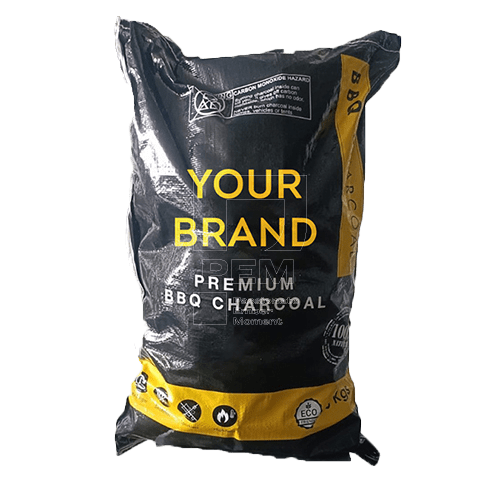
Plastic Bags
Plastic bags are one of the most cost-effective packaging solutions for smaller quantities of charcoal. While they may not offer the same level of durability as carton boxes or high-quality bags, plastic bags are practical for short-term storage and immediate use. They provide a basic level of moisture resistance, keeping the charcoal dry during transit. Plastic bags are flexible, lightweight, and easy to produce, making them an affordable option for exporters looking to reduce costs. However, they are more suitable for low-volume charcoal packages.
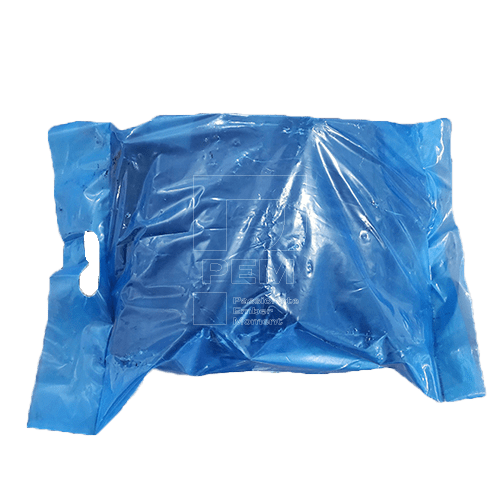
PP Woven Bags
PP woven bags (polypropylene woven bags) are a strong, durable packaging option for bulk exports of charcoal. These bags are tear-resistant and can hold large quantities of charcoal without the risk of breaking or tearing. They are highly resistant to weather elements, such as rain and sun, and can also be treated for moisture resistance. PP woven bags are reusable, making them a more sustainable choice compared to plastic bags. This packaging option is ideal for exporting large amounts of charcoal to industrial or wholesale markets, where durability and strength are key.
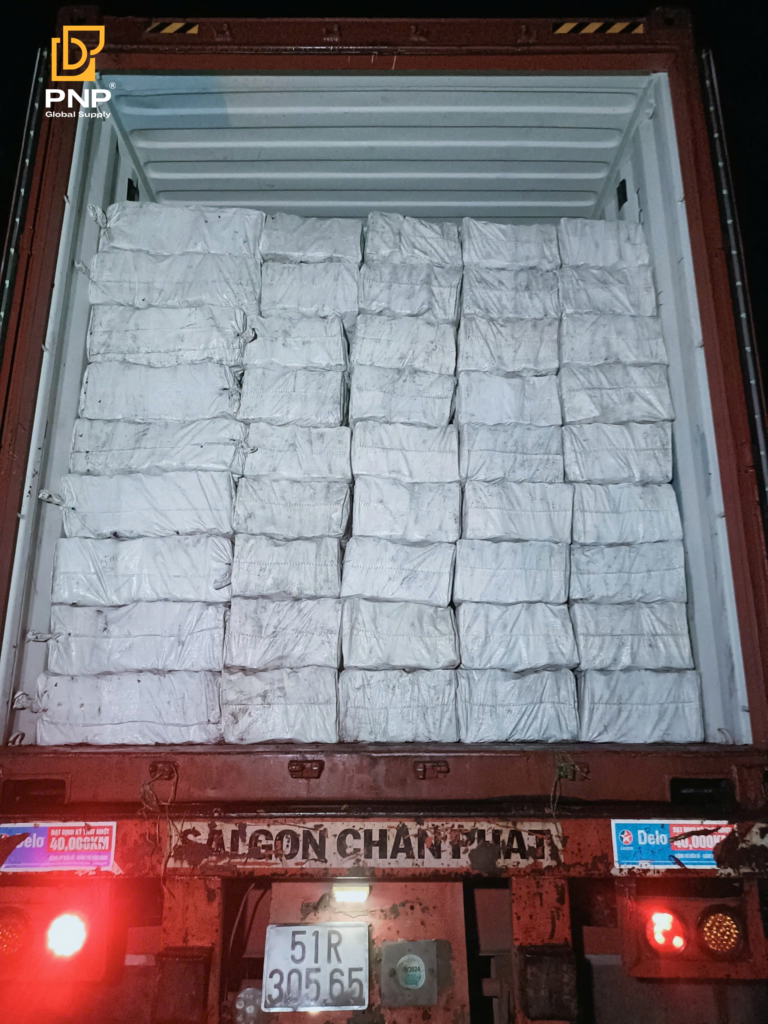
Choosing the Right Charcoal Packaging for Export
When selecting charcoal packaging for export, it’s important to consider several factors, such as the destination, shipping method, and customer preferences. If the charcoal is being exported in bulk, carton boxes or PP woven bags might be the best choice due to their strength and durability. For smaller quantities or premium products, high-quality bags provide excellent protection and a professional look. Plastic bags, on the other hand, are ideal for budget-conscious exports or smaller charcoal packages.
By selecting the right packaging, exporters can ensure that their charcoal products are protected during shipping, maintain their quality, and meet customer expectations upon arrival. Additionally, the right packaging helps to reduce costs, improve sustainability, and create a strong brand image in international markets.
Conclusion
In conclusion, proper charcoal packaging ensures products arrive in perfect condition after international shipping. Options like carton boxes, high-quality bags, plastic bags, and PP woven bags each offer benefits based on size, volume, and destination. By understanding each packaging type, exporters can choose the best option for a successful export experience.
________________________________
Contact us for more information
Facebook: PNP Charcoal
Instagram: PNP Charcoal
Email: info@pnpglobalsupply.com

